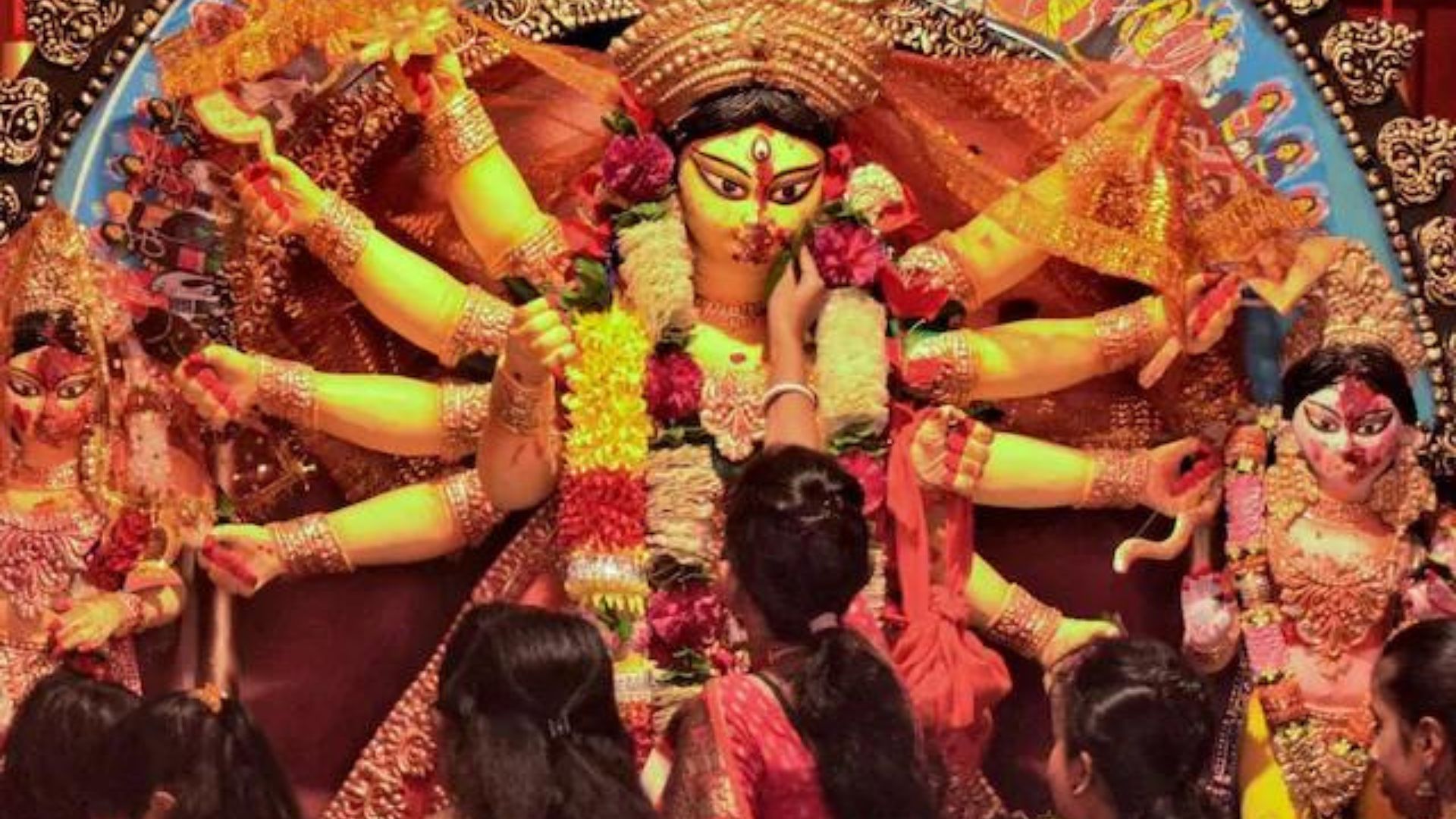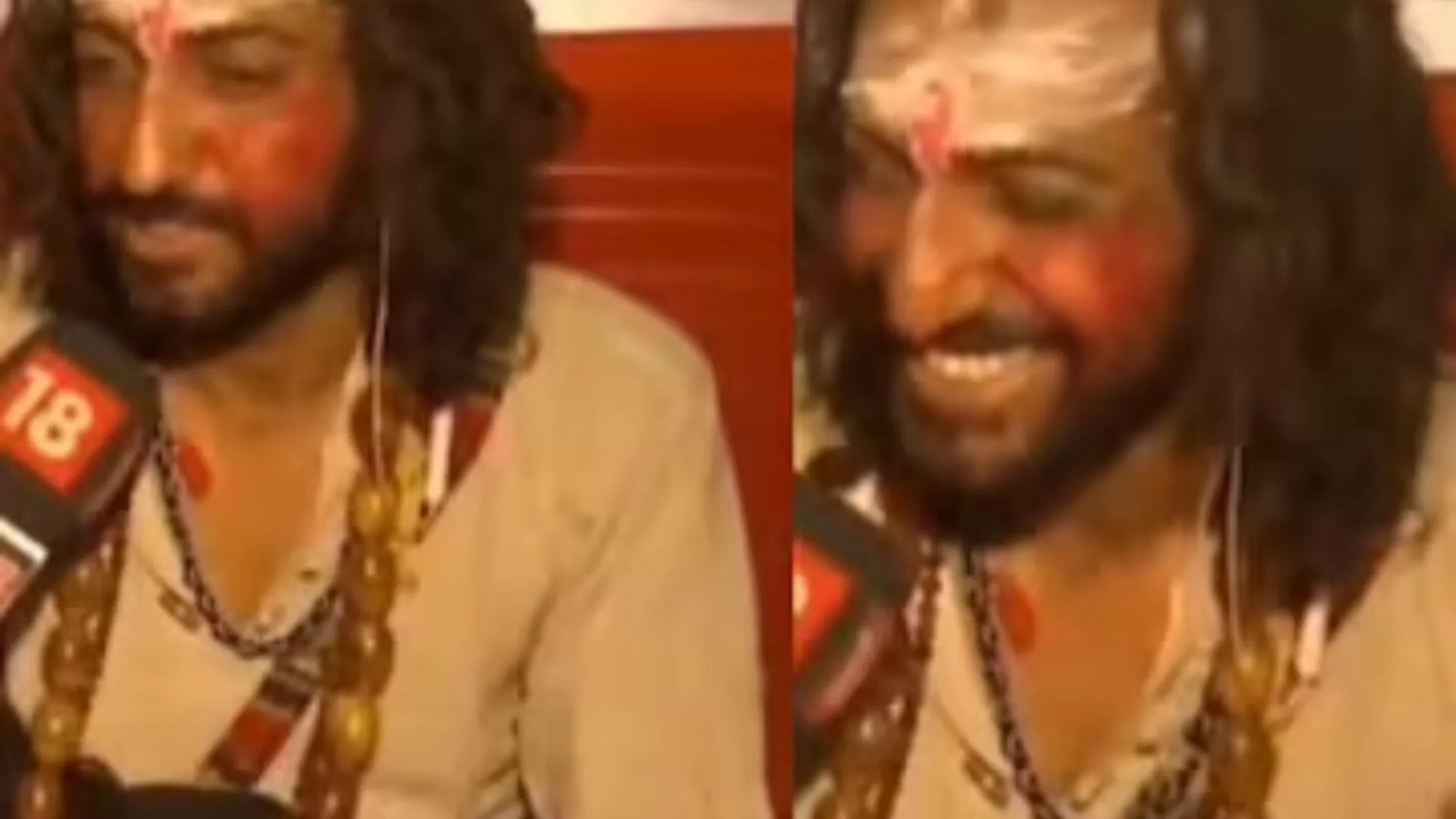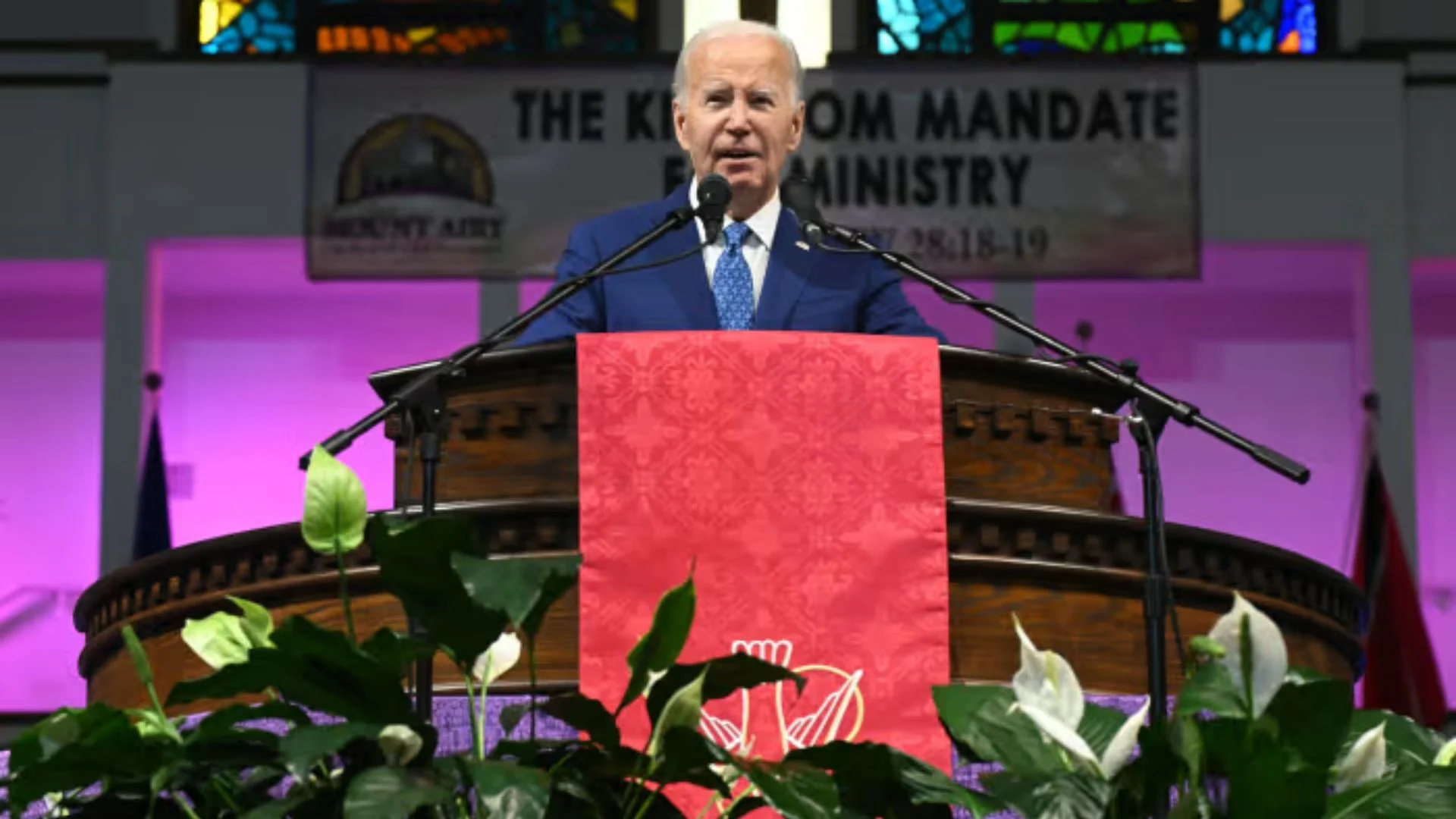A 500-year-old Durga temple in Mahagama, located in Jharkhand’s Godda district, is famed for its unique traditions and deep historical roots. Built by the descendants of King Molbrahma of the Kshatriya dynasty, this temple is a vital cultural site, attracting thousands of devotees each year due to its distinct rituals.
The temple, venerated as the Kul Devi temple of the Kshatriya dynasty, has been preserved by the king’s descendants over the centuries. During Durga Puja, which aligns with the Navratri festival, the temple becomes the center of elaborate celebrations. Devotees partake in a special tradition of welcoming the goddess with tree branches, milk, fruits, and other offerings.
Historical records suggest that the temple was founded in 1575, though local legends claim it may have been constructed even earlier. A key element of the Durga Puja rituals involves the worship of a twin Bel tree situated 400 meters from the temple. The appearance of twin Bel leaves is seen as an indication of the goddess’s arrival at the temple.
The festival attracts around 50,000 devotees, who clean the roads leading to the temple and form long queues to witness the goddess’s arrival. On the night of Saptami, 56 types of offerings are presented to the goddess, and continuous worship takes place throughout Navratri. Traditionally, on the night of Ashtami, locals gather for mantra-tantra rituals.
In recent years, the temple has prohibited goat sacrifices, which were once a common practice during the festival. Despite this change, the temple remains a vibrant hub of worship and tradition, embodying the rich cultural heritage of the region.























